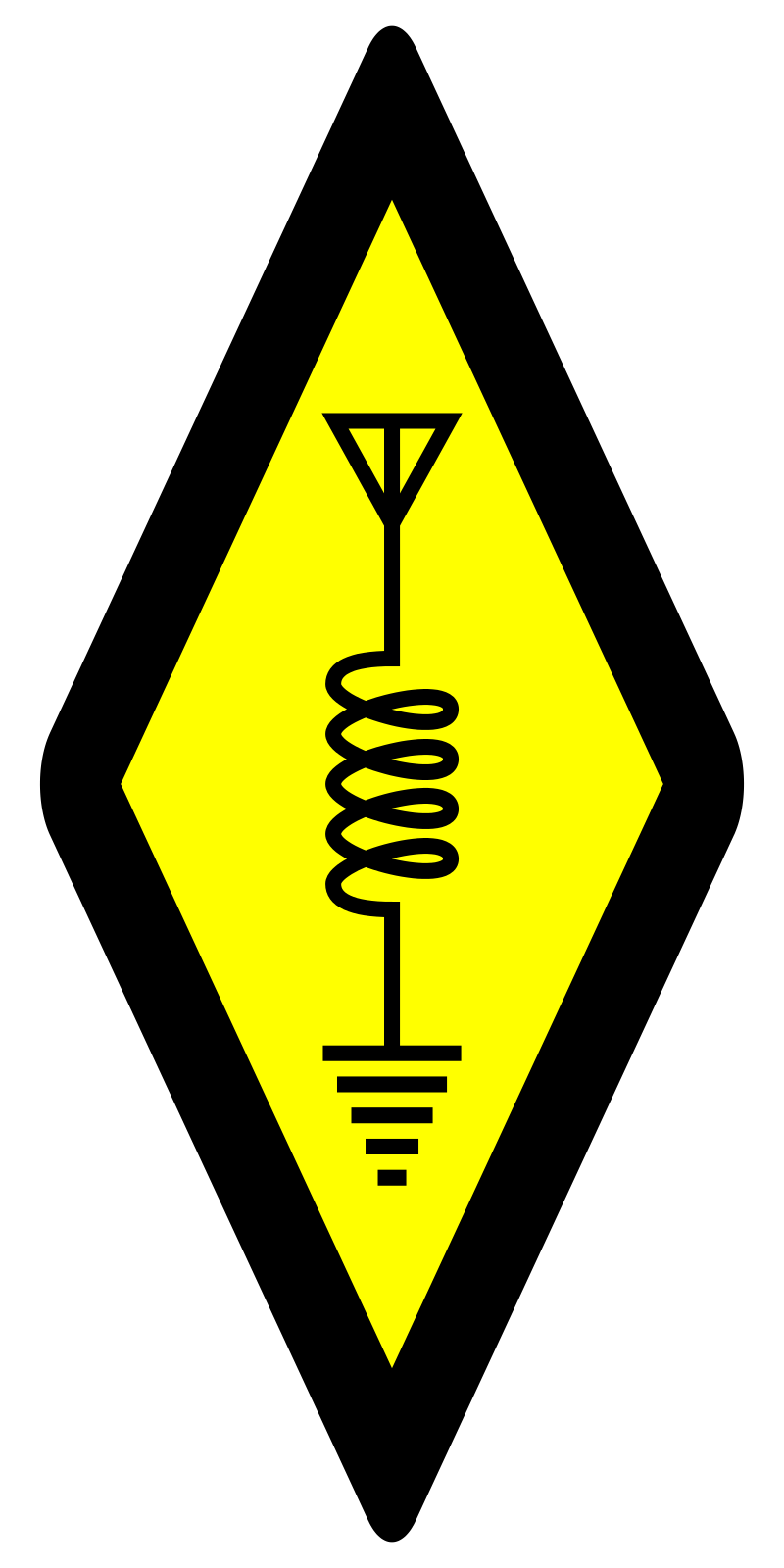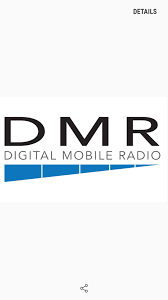Under Part 97 this would qualify as a repeater.
- 0 Posts
- 6 Comments
MMDVM doesn’t convert from DMR to analog. You would need more software bits to do this. It’s definitely possible using DVSwitch.
You would need separate interfaces for DMR and analog though, a CM108 interface (repeater builder USB Rim Lite, RA or DRA would work) AND a MMDVM Hotspot. You might not want to run these all on a Pi. My bridge runs on a Vultr virtual machine though I’m planning to move it to a Dell Micro desktop to save the $5 a month.
Using DVSwitch you would be using Allstarlink to interface to the analog side as a half duplex node, then using Analog Gateway to interface with all-star using chan_usrp, then transcode to/from DMR (you can use the md380 emulator or buy a AMBE hardware device), and then you’d have to interface that back to your pistar MMDVM Host using a brandmeister TG (you can use your DMR ID as a talk group). You could also run your own HBLink locally, but that gets a bit more complicated.
It’s a fun way to learn a lot about how Allstarlink and DMR networks actually work.
We’re currently using DVSwitch to link the NB1RI network to Brandmeister TG 3105992 which lets me use the K1EWG repeater in my garage to monitor the network. I did this before I added a 220 repeater in my garage that’s linked, but now I can monitor it both ways. Oh, and I also linked an IP phone in my living room to the 220 machine running Allstarlink, so plenty of options.

 1·1 year ago
1·1 year agoThey’ve been doing this on a STA for some time now and there have been no interference complaints. It’s a not a big deal now, but could lead to other industries wanting to do the same thing. Could turn into something to worry about at some point.

 2·1 year ago
2·1 year agoI was able to copy KPH before and after the enigma transmission but not during. I was disappointed.
I am not one to chit chat. I listen mostly and occasionally dust off the microphone when I have something interesting to add to the discussion. I also go out of my way to say hi and welcome to a new voice on the local radio repeaters, and make sure they know the local radio resources to find out what’s happening in our area.
Amateur Radio is a vibrant community with a lot of really genuine people interested in the many different aspects of radio. Some people (like myself) enjoy building radio networks/infrastructure and doing projects that enhance our community resilience or our ability to communicate. Others like building radios themselves, or antennas, or go boxes, or a lot of other things.
Then there are the plethora of other things you can do with amateur radio:
- communicate locally with little or no infrastructure
- communicate around the world with no infrastructure (all you really need is a radio, a bit of feedline and a wire antenna to talk around the world)
- explore the radio spectrum
- compete in radio contests
- participate in radio events
- experiment with electronics
- community service/emergency communications
- learn/teach STEM through hands on experience
The most rewarding experiences I have in amateur radio are working with other local amateurs towards a common goal. People from a wide variety of backgrounds that all bring different skillsets and knowledge to the table that all gets combined to create some magic. It’s really fun.

Nice setup!
I love thin clients but I prefer to use them as Linux workstations or servers for ham radio. I find Windows 10 unbearably slow with less than 8GB of RAM, but I’m also the guy who has 50 tabs open.
Also, off lease Dell and HP micro desktops work well for a lot of things. I’ve got some running Allstarlink and a few of them running my home Proxmox cluster. The power connection is not as ham friendly though.